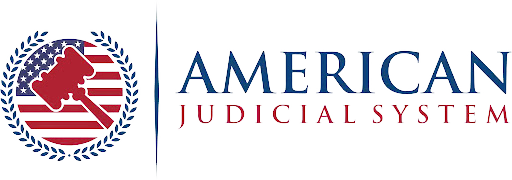Commercial truck accidents often result in preventable violations that occur long before vehicles reach the highway. Understanding how to identify these dangerous infractions can mean the difference between a safe journey and a catastrophic collision. Recognizing warning signs becomes crucial for everyone sharing America’s roadways.
Common Truck Violations That Cause Accidents
Hours of Service (HOS) Violations
Driver fatigue is one of the most dangerous violations plaguing the trucking industry. Federal regulations limit truck drivers to 14 hours of driving following 10 consecutive hours off duty; the off-duty period does not extend beyond the 14-hour period. However pressure to meet delivery deadlines often pushes drivers beyond safe limits.
Overloaded or Improperly Loaded Trucks
Exceeding weight limits or improper cargo distribution dramatically affects truck handling, braking performance, and stability. Overloaded vehicles require significantly longer stopping distances and become prone to rollover accidents, especially during turns or emergency maneuvers.
Mechanical Violations
Inadequate maintenance creates multiple hazards that experienced observers can identify. Brake system failures, worn tires, and malfunctioning lights is a common mechanical violation leading to serious accidents.
Logbook and Inspection Falsifications
Accurate documentation ensures compliance with safety regulations, but falsified records mask dangerous violations. Drivers may manipulate electronic logging devices or inspection reports to hide mechanical problems or HOS violations.
Visual and Behavioral Warning Signs on the Road
Erratic Lane Movement or Sudden Braking
Unpredictable driving patterns often signal either driver impairment or mechanical problems requiring immediate attention. Sudden lane changes without signalling, unexplained braking, or difficulty maintaining consistent speeds all indicate potential dangers. Aggressive driving may lead to a driver’s license being suspended or even completely revoked.
Missing or Damaged Safety Equipment
Regulations mandate specific safety equipment trucks must have including reflective tape, functioning lights, and underride guards. Missing or damaged components greatly increase accident severity, particularly during nighttime or low-visibility conditions. Critical safety equipment includes:
- Reflective conspicuity tape on trailers and truck sides.
- All required lighting systems (brake lights, turn signals, hazard lights)
- Properly maintained underride guards preventing car underrun
- Functional mirrors and visibility aids
How Drivers and the Public Can Stay Safe
Sharing highways with commercial trucks requires defensive driving strategies and proactive safety measures. Maintain adequate following distances, avoid blind spots, and never cut closely in front of large vehicles requiring extended braking distance. If you are involved in a truck accident and suspect safety violations contact a Charlottesville, Virginia law firm that specializes in truck accidents.
Report Safety Violations Through Official Channels
Suspected trucking violations can be reported through appropriate safety channels including DOT hotlines, commercial vehicle enforcement agencies, or trucking company safety departments. Many states offer anonymous reporting systems protecting concerned citizens while enabling enforcement action. Essential safety practices include:
- Allowing trucks extra space during lane changes and merging
- Avoiding prolonged travel in truck blind spots
- Using headlights during daylight hours for increased visibility
- Reporting dangerous violations immediately when safely possible.
Your Role in Highway Safety
Recognizing truck violations requires understanding common warning signs and maintaining constant vigilance while driving. From mechanical failures to driver fatigue, these violations create predictable patterns that alert observers can identify before accidents occur.










